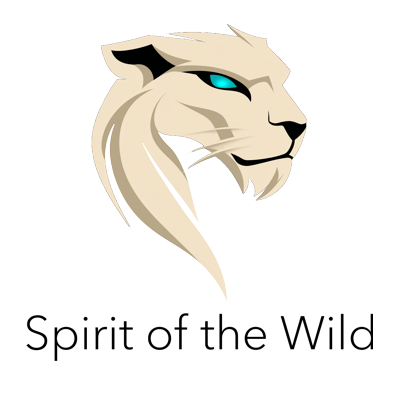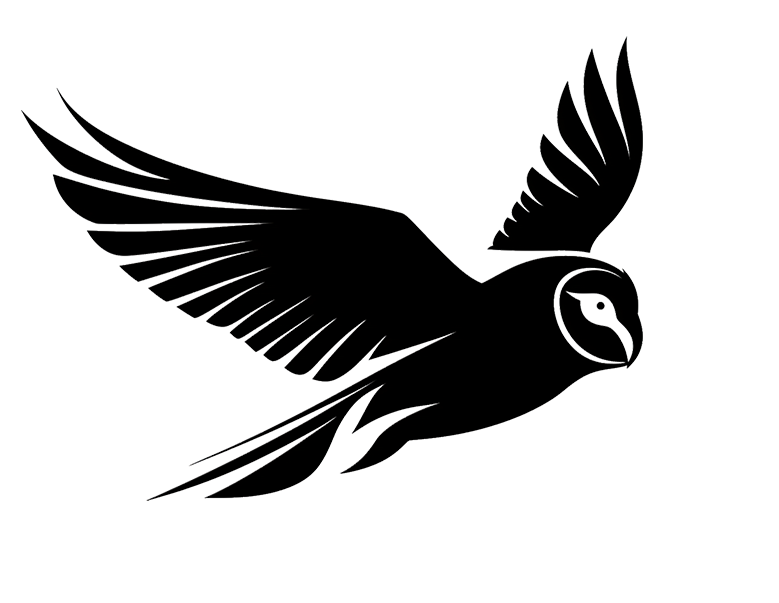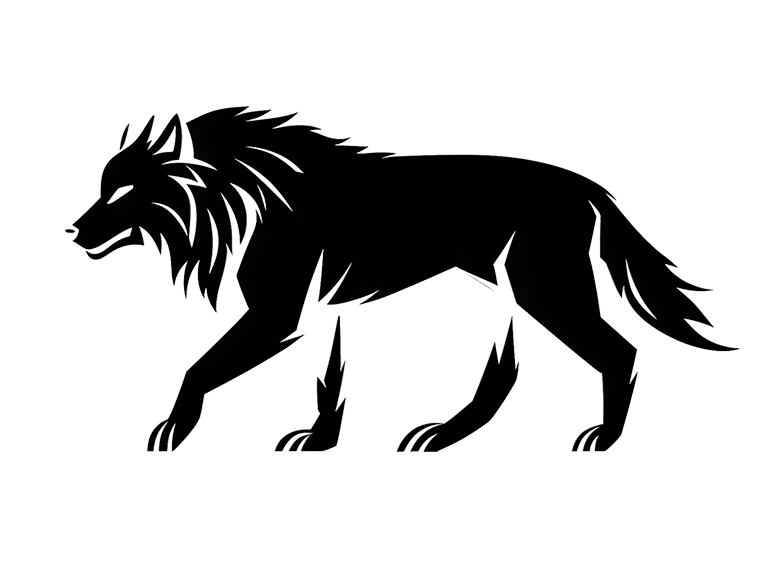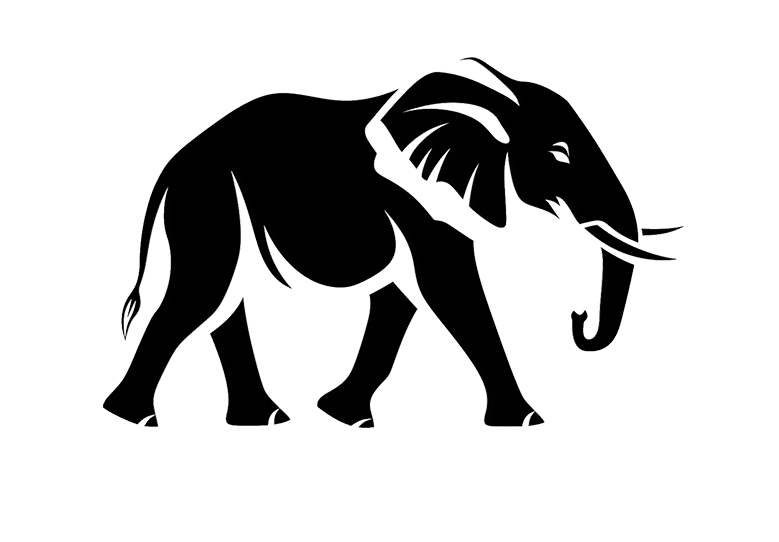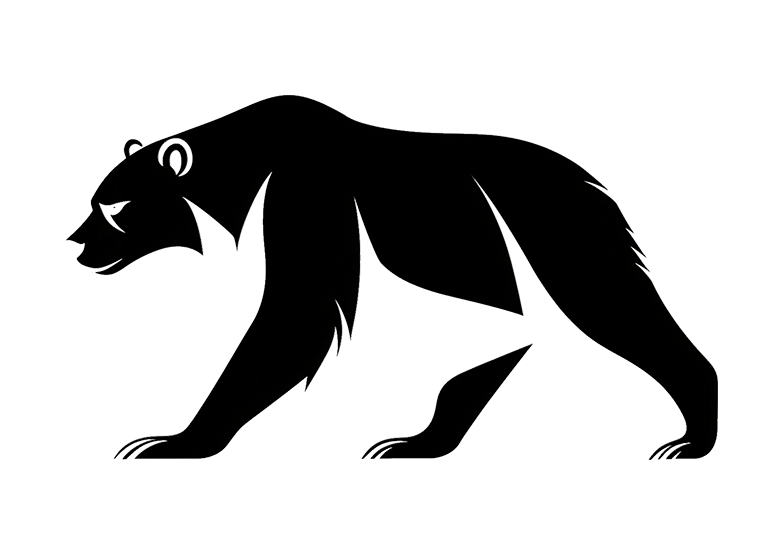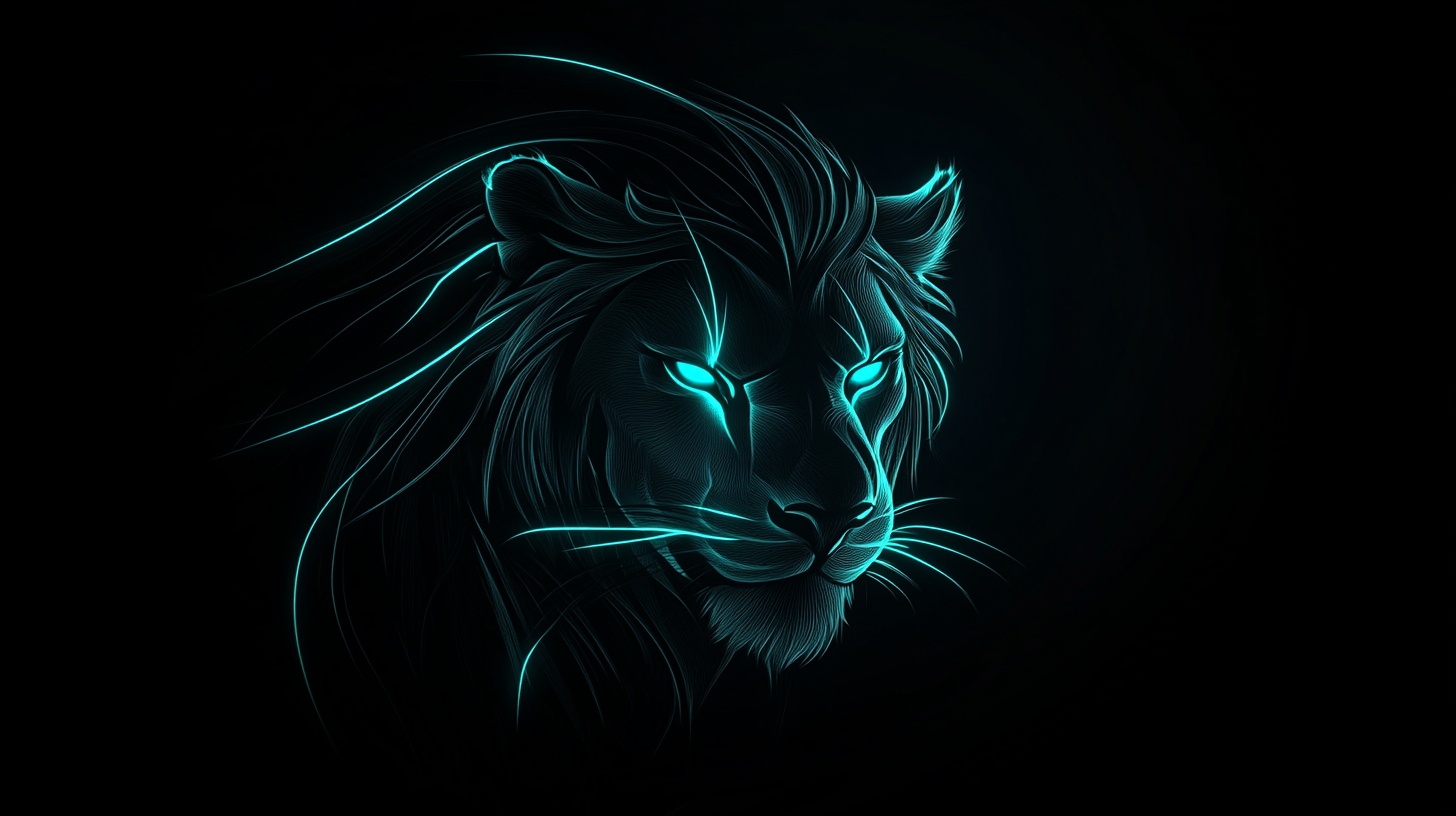
Lion
A lion’s roar can be heard up to 8 kilometers away, and that roar is not just to intimidate: it is a cry of presence, a declaration that says «I am here».
Spiritual and Symbolic Meaning
The lion has been a symbol of power, nobility, and courage in nearly every ancient civilization.
• In Africa, many tribes see it as a protective spirit and a reflection of just leadership.
• In Egypt, the goddess Sekhmet had the head of a lioness and symbolized both war and healing.
• In Asia, the lion appears in Buddhist sculptures as a guardian of sacred knowledge, despite not being native to many parts of the continent.
• In medieval Europe, the lion became an emblem of kings and noble houses, symbolizing royalty, bravery, and the divine right to rule. This idea spread to the Americas through colonization, where the lion is still associated with the untamed and majestic.
Its symbolism is forged not just through its strength, but through its presence: its stride, its gaze, and its roar command respect. As a spirit animal, the lion represents mastery over fear, natural leadership, and connection to inner strength.
Behavior and Key Characteristics
The lion is the only truly social feline. It lives in structured prides, usually led by one or more adult females and protected by one or two dominant males. The lionesses are the engine of the hunt: they work in teams, using ambush, flanking, and distraction strategies to catch prey like wildebeest, zebras, or buffalo. Despite their reputation, lions only succeed in about 25% of their hunts, making collaboration essential.
The male rarely hunts, but his role is crucial: he defends the territory, fends off intruders, and protects the cubs. When a new male takes over a pride, he may kill the previous cubs to induce estrus in the females and ensure his own lineage. It’s brutal, but part of nature’s cycle.
Lions are most active at night and at dawn. During the day, they can sleep up to 20 hours, conserving energy for fights or hunts. Their way of life is marked by energy conservation, teamwork, and a sharp territorial instinct.
Biology, Physiology, and Attributes
The lion (Panthera leo) can reach up to 3 meters in length (including the tail) and weigh between 150 and 250 kg, depending on sex and region. Its body is muscular and adapted for ambush: strong bones, powerful jaws, and a piercing gaze.
An iconic feature of the male is its mane, which can vary in density, color, and shape. It doesn’t just make the lion look imposing — it reflects testosterone levels: the darker and fuller the mane, the more attractive the male is to females… and the more feared by rival males. A prominent mane is, in essence, a sign that says “I win fights.”
| Trait | Score | Justification |
|---|---|---|
| Strength | 7.5 | Extremely strong among felines, but outmatched by bears or elephants. |
| Agility | 7 | Agile in short bursts, but not as flexible as smaller felines. |
| Intellect | 6.5 | Capable of communication and group strategy, but less adaptable than others. |
| Strategy | 8 | Coordinated hunting, ambush tactics, prey selection, stealth, and stalking. |
| Endurance | 4 | Short bursts of speed, overheats quickly, and sleeps most of the day. |
Classification, Habitat, Threats, and Conservation
Scientific name: Panthera leo
Family: Felidae
Main subspecies:
• Panthera leo leo – North Africa and Asia (includes the Asiatic lion)
• Panthera leo melanochaita – Southern and Eastern Africa
Its natural habitat includes savannas, shrublands, and grasslands, though it can also live in dry forests and arid zones. In the past, it ranged from Europe to southern Asia. Today, the lion has lost 90% of its original territory.
Main threats include:
• Habitat loss due to agriculture and urban growth.
• Poaching and conflicts with livestock owners.
• Reduction of natural prey due to human impact.
• Inbreeding in small populations like the Asiatic lion.
It is currently listed as a vulnerable species by the IUCN, with populations slowly declining. There are estimated to be about 20,000 wild lions left in Africa, and only around 600 Asiatic lions in India, protected in Gir National Park.
Conclusion
The lion doesn’t just roar in the savanna: it roars within us when we defend what is right, when we walk with presence, when we choose to act with courage despite fear.
To carry the lion on your chest is to remember that true royalty doesn’t dominate — it leads, protects, and cares.
